JOIN US IN YOUR CITY • REGISTER BELOW • ATTENDANCE REPORTED ON A PER-PRESENTATION BASIS
New York, NY - Tuesday December 6, 2022

New York, NY
Event Date
Tuesday December 6, 2022
7:30 am - 5:30 pm
Available Credits
Up to 8 AIA HSW/LU CE Hour(s)
Up to 7 GBCI General Hour
Up to 2 RCEP PDH(s) for Engineers
New York University - Wasserman Center for Career Development
133 East 13th Street
New York, NY 10003
New York, NY 10003
Event Agenda
Tuesday, December 6, 2022
7:30 am
|
|
8:00 am
|
Sponsored By Rheem Commercial Water 1 AIA HSW/LU CE Hour(s) 1 RCEP PDH(s) for Engineers Learning Objectives:
|
9:10 am
|
Sponsored By Rheem Commercial Water 1 AIA HSW/LU CE Hour(s) 1 RCEP PDH(s) for Engineers Learning Objectives:
|
10:20 am
|
Sponsored By Eagle Roofing 1 AIA HSW/LU CE Hour(s) 1 GBCI General Hour Learning Objectives:
|
11:30 am
|
Sponsored By World Dryer 1 AIA HSW/LU CE Hour(s) 1 GBCI General Hour 1 IWBI WELL Specific Learning Objectives:
|
12:30 pm
|
|
1:00 pm
|
Sponsored By Chamberlain Group 1 AIA HSW/LU CE Hour(s) Learning Objectives:
|
2:10 pm
|
Sponsored By All Weather Insulated Panels 1 AIA HSW/LU CE Hour(s) 1 GBCI General Hour Learning Objectives:
|
3:20 pm
|
Sponsored By Specialty Fenestration Group 1 AIA HSW/LU CE Hour(s) 1 GBCI General Hour Learning Objectives:
|
4:30 pm
|
Sponsored By Chamberlain Group 1 AIA HSW/LU CE Hour(s) 1 GBCI General Hour Learning Objectives:
|
State CE Requirements
|
New York State Education Department: Office of the Professions (518) 474-3817 Renewal Cycle: Every 3 Years Total Hours Required: 36, 18 of which must be live interaction either in person or Detailed Hours Required: 24 HSW Renewal Deadline: Last day of the month preceding birth month |
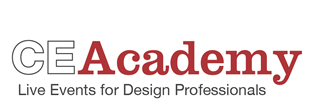
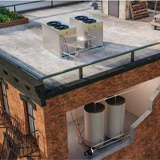

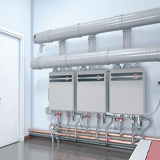
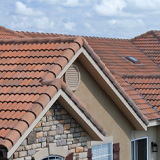
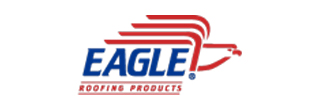
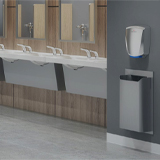
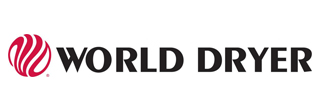
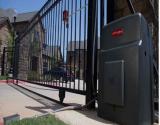

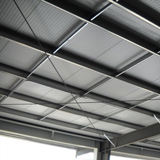

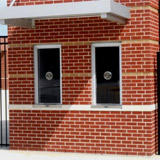
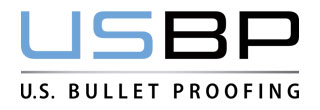
.jpeg)



